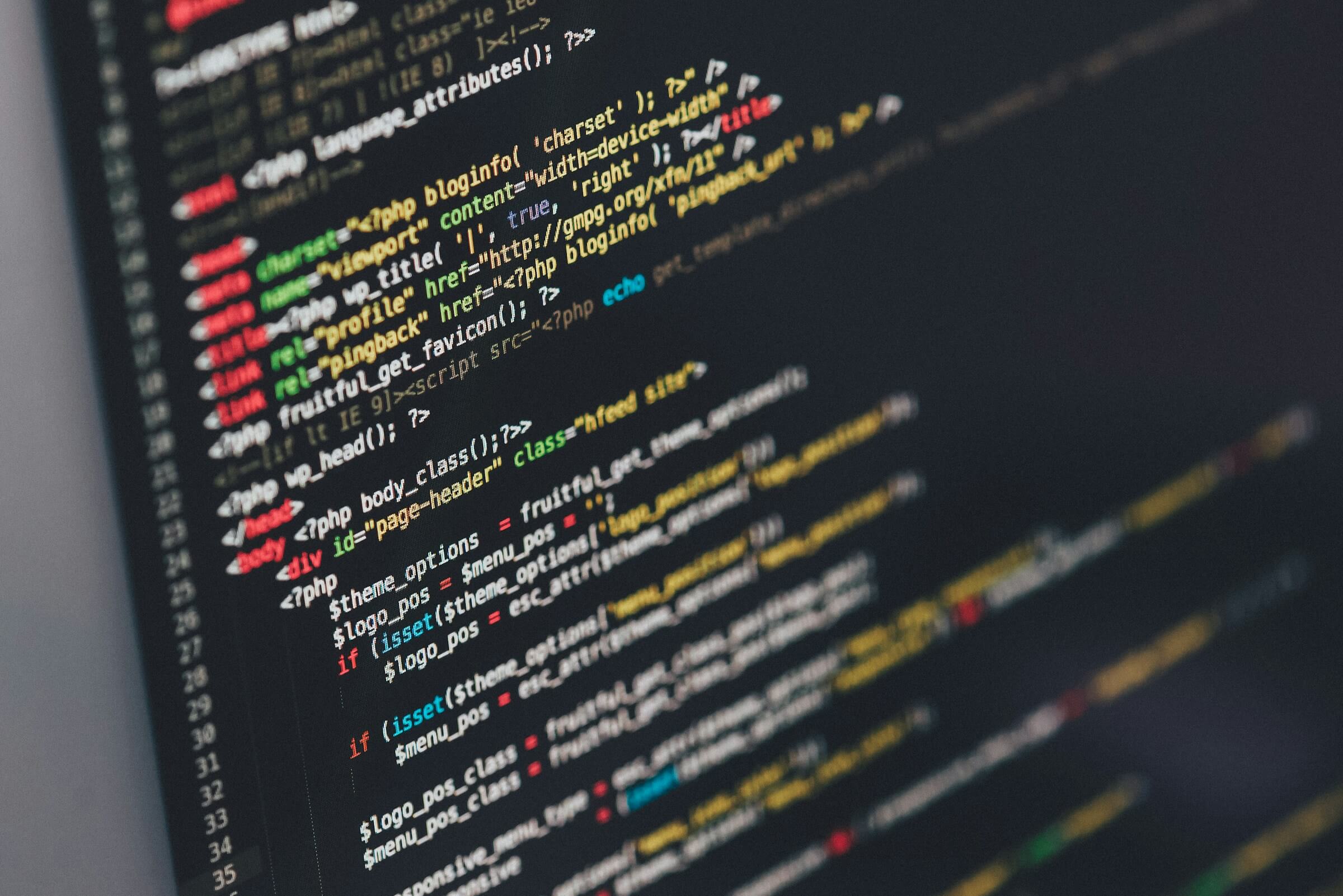iLabX – Internet Masterclass
| Language: | English |
| Location: | Online |
| Duration: | Flexible, approx. 8 weeks |
| Start: | Anytime |
| Cost: | 146 EUR |
Learn how the internet works and gain insights into computer networking
Each module first introduces the background of a relevant mechanism or tool. After learning the concepts through videos, texts, and interactive learning elements, you will be able to build your own fully-functional internet.
Under close guidance, each module brings you closer to having a fully-functional internet running on your computer. As you will be applying existing internet mechanisms, you will even be able to connect your creation to the world wide web. In this way, after completion of the course, you can call yourself a true master of the internet.
The program is designed so that you can start it at any time. The audit track is available to you completely free of charge. If you choose the paid verified track, you will receive a TUM certificate to share with your professional network upon completion of all audit services.
Quick Info
Benefits
Learn how the internet works and gain insights into computer networking
01
1
Flexible Learning Format
02
2
Practice-oriented tasks
03
3
Acquire relevant expertise
Program Overview
Here you will find information on the aims of this course and its content.Here you will find information on dates, requirements and other general conditions for the certificate program.Get to know our experienced lecturers who will teach you the certificate content and with whom you will work.Find out how the program is structured and what content you can expect.





